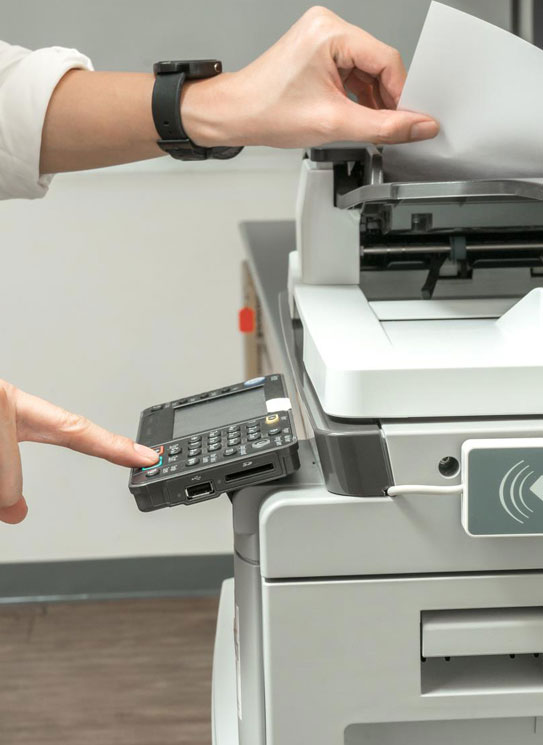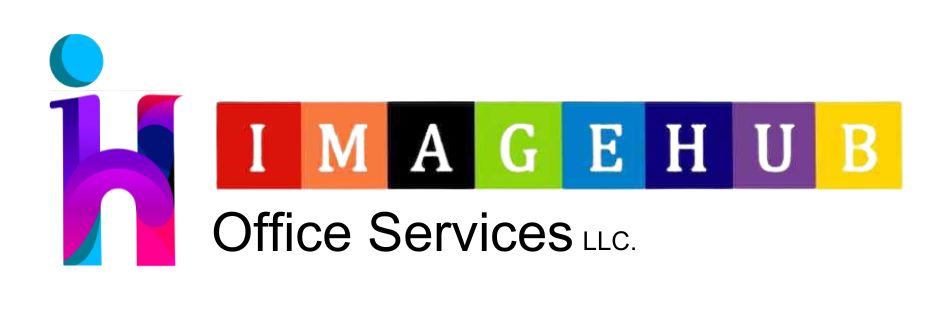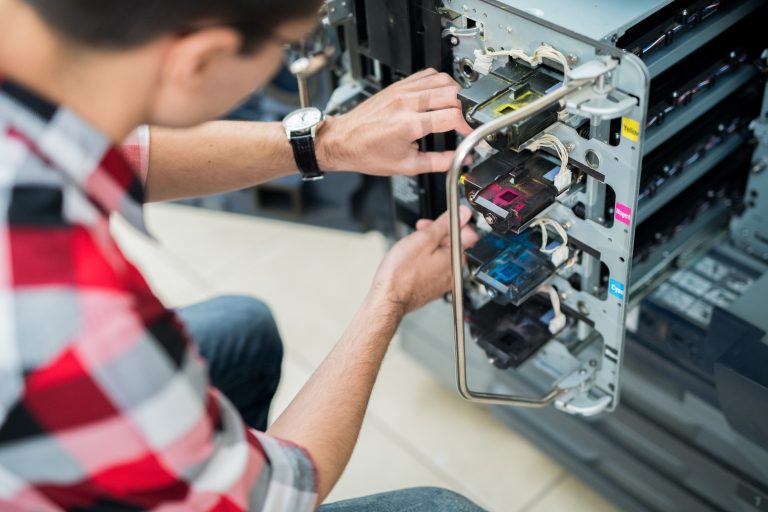Multifunction printers (MFPs) have become a staple in offices around the world, including in bustling business hubs like Abu Dhabi, UAE. Their ability to perform multiple tasks such as printing, scanning, copying, and faxing from a single device offers undeniable benefits in terms of cost-effectiveness, space conservation, and operational efficiency. But how do these complex machines work? In this post, we take a deep dive into the inner workings of multifunction printers, providing valuable insights for printer service technicians and suppliers alike.

Unpacking Multifunction Printers: What Makes Them Tick
Understanding the mechanics of multifunction printers requires breaking down their core functions.
- Printing: MFPs can use either inkjet or laser printing technology. Laser MFPs work by using a laser beam to create an image on a drum, which then transfers toner to the paper. Inkjet MFPs use microscopic nozzles to spray tiny droplets of ink onto the paper.
- Scanning: The scanner in an MFP uses a bright light to illuminate the document being scanned. The light reflects off the document and into a charge-coupled device (CCD), which converts the light into electronic signals that are then turned into a digital image.
- Copying: The copying function combines scanning and printing. First, the document to be copied is scanned, and then the digital image is printed out, creating a copy.
- Faxing: The fax function works by scanning a document and then sending the digital image over a phone line to a fax machine or fax server that can print out the document.
Key Components of Multifunction Printers
Several components work together to perform the tasks in an MFP:
- Print Engine: The print engine is responsible for the printing function. Depending on the type of MFP, it can be an inkjet print engine or a laser print engine.
- Scanner: The scanner includes a flatbed on which you place documents to be scanned. It uses a CCD to convert the light reflected from the document into a digital image.
- Automatic Document Feeder (ADF): The ADF automatically feeds original pages into the scanner, which is particularly useful for copying or faxing multi-page documents.
- Fax Modem: The fax modem allows the MFP to send and receive faxes by connecting to a phone line.
Role of a Printer Service Technician in Maintaining MFPs
A printer service technician plays a vital role in ensuring the optimal performance of MFPs:
- Routine Maintenance: This involves cleaning the machine, checking the status of different parts, and replacing any components showing signs of wear and tear.
- Troubleshooting: When a malfunction occurs, the technician identifies the issue and performs the necessary repairs.
- Upgrades: As technology evolves, MFPs may require upgrades for better performance and efficiency. The technician ensures these upgrades are implemented correctly.
Implications for Suppliers
As a printer supplier in Abu Dhabi, UAE, understanding the inner workings of MFPs helps to:
- Meet Customer Needs: By knowing how MFPs work, suppliers can better guide customers towards models that best meet their needs.
- Offer Better Support: A deep understanding of the product enables suppliers to offer better after-sales support, strengthening customer relationships.
Conclusion
With their multiple capabilities, MFPs are marvels of modern printing technology. As a printer service technician or supplier, gaining a deep understanding of how these machines work can be instrumental in providing better service and support. After all, in the world of printing, knowledge is power, and staying ahead of the curve can offer a significant competitive advantage in the vibrant marketplace of Abu Dhabi, UAE.



